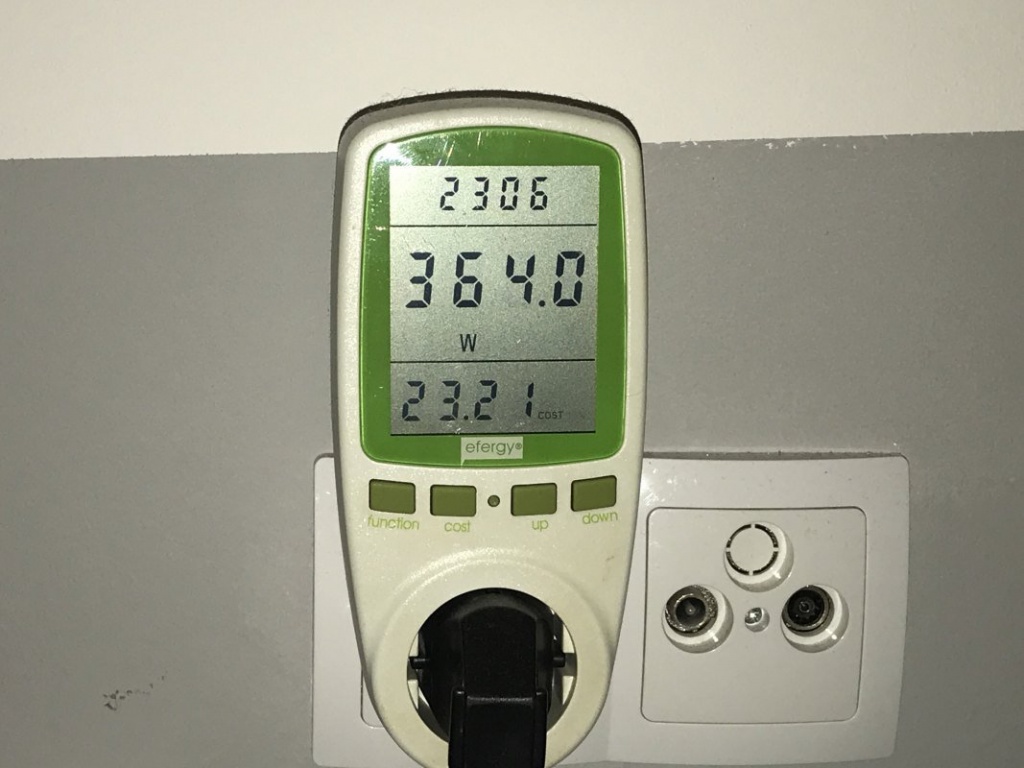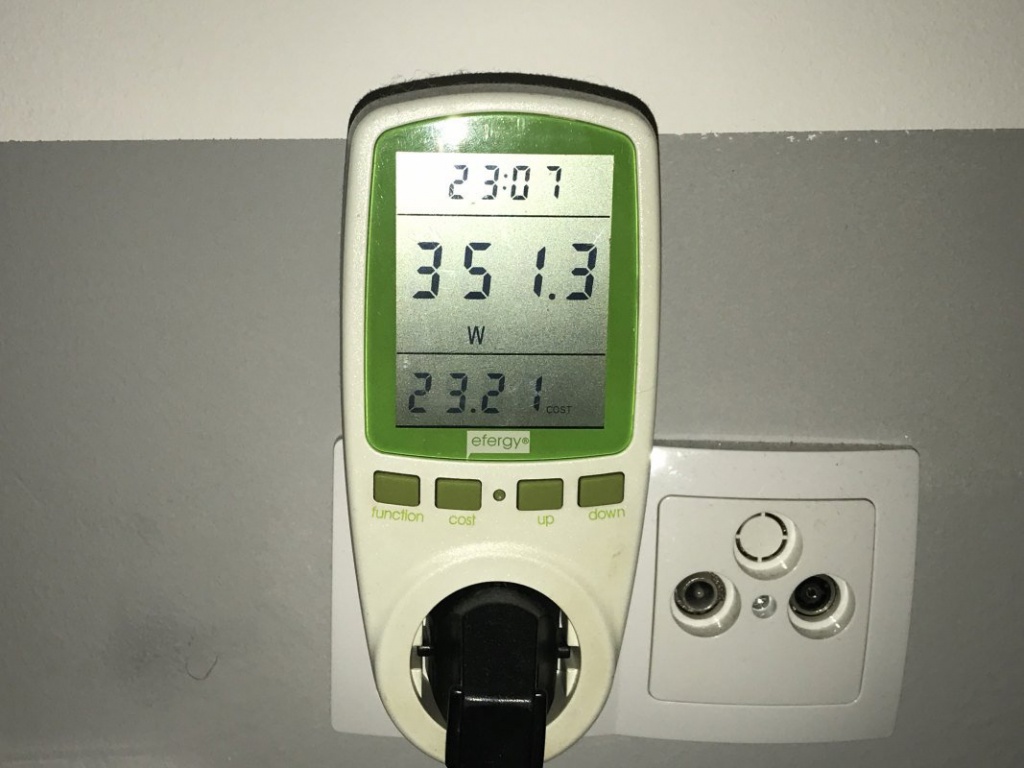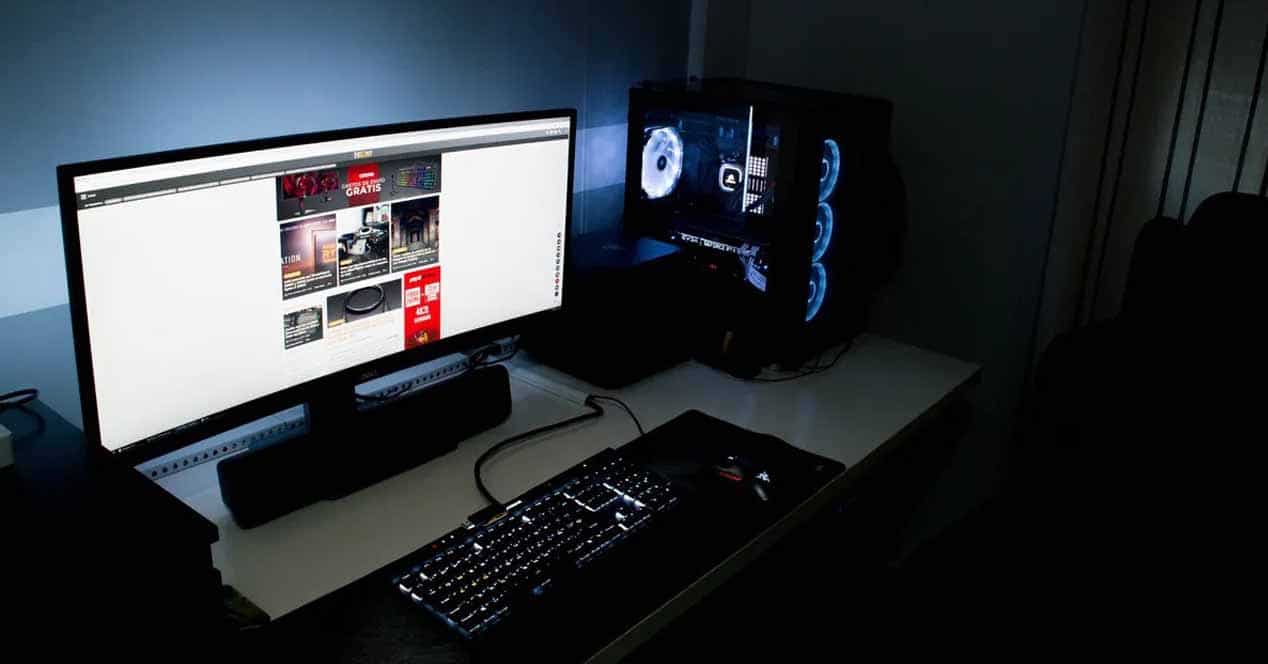There is no doubt that a gaming PC with RGB lighting can be aesthetically very good, and even more so if in addition to the lighting of the components themselves we add LED strips, and even more if we use LED strips on the monitor. In any case, after all as a source of light they are generating extra consumption, and although everyone knows that the LED consumes very little, having the PC on several hours a day every day in the end can result in A peak in the electric bill.
With this premise in mind, we are going to perform empirical consumption tests to determine how much the consumption of RGB lighting on a PC costs us money.
Methodology and tests
There are many components with RGB lighting that we can have on a PC. In our case and taking advantage of the Corsair ecosystem allows us to turn on, turn off and modify the lighting of all components with the press of a button, this has been the hardware used in the test -with RGB lighting, of course-:
- 3 Corsair LL120 fans (front of the box).
- Corsair H100i Platinum (LED on the pump) + 2 Corsair ML120 Pro fans.
- 1 Corsair HD140 RGB fan (back of the box).
- 4 Corsair Dominator Platinum RGB modules (with Capellix LED).
- 4 LED strips Corsair Lighting Node Pro.
- 4 LED lighting bars for Corsair iCUE LS100 Smart Lighting monitor.
- Corsair K70 RapidFire RGB MK.2 keyboard.
As you will see, the configurable RGB lighting that we have in the equipment used during this test is MUCH, and we have put all the possible to be able to represent in a more exact empirical way the consumption that has the RGB lighting of a gaming PC.
For the test, we have configured Two profiles in iCUE: one with absolutely everything off, and another with everything on in white static. To measure consumption we have used a wall current meter eFergy eSocket. Likewise, for the test we were running 64-bit Prime95 to put the processor in maximum consumption, and thus avoid the oscillations that the consumption of the processor has when it is at rest.
RGB lighting consumption tests
Instant consumption is never quite accurate, but it varies between two brands. Thus, for consumption with RGB lighting on, consumption ranged from 366.5 to 362.1 watts. On average, approximately consumption with RGB lighting on It has been 364 watts. For its part, with the lighting off, it ranged between 350 and 353 watts approximately, determining an average consumption of 351.5 watts.


Thus, the difference in consumption between having RGB lighting on or off is about 12.5 watts Nothing despicable, but how much does that cost us?
Assuming an average price of 0.14 euros per kWh of electricity, this is what it would cost us depending on the hours a day we have the PC on:
- PC on 4 hours a day: 0.05 kWh, it would cost us 0.007 euros a day or 0.21 euros a month.
- PC on 8 hours a day: 0.1 kWh, it would cost us 0.014 euros a day or 0.42 euros a month.
- PC on 24 × 7: 0.3 kWh, it would cost us 0.042 euros per day or 1.26 euros per month.
Now you know what it costs – approximately – to have RGB lighting on a PC. It really is not an excessive sum, especially when in our example we have put a team loaded with RGB lighting to satiety and it is normal to have much less. In any case, now you have an indicative measure that you can server to know if having RGB on the PC is worth it or not taking into account your electricity cost.
















